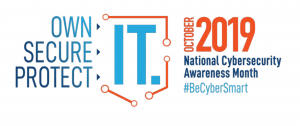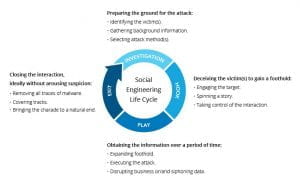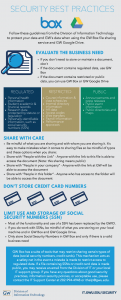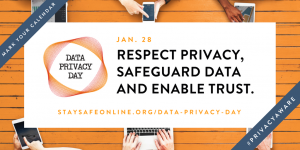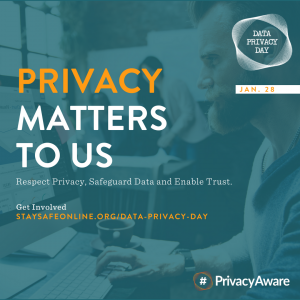Cyberattacks are becoming more sophisticated, with more evolved bad actors cropping up each day. This year has already seen more than a fair share of attacks and breaches. Some high-profile attacks include SolarWinds, Kaseya breaches, as well as attacks on the Colonial Pipeline and other critical infrastructure. At a time when we are more connected than ever, being “cyber smart” is of the utmost importance. Luckily, there are several steps that we can take daily to mitigate risks and stay one step ahead of malefactors. Here are a few quick tips:
Use strong passphrases/password manager
Everyone has many passwords to keep track of, including personal, work, and school accounts. A great solution to managing all of these accounts and complex passphrases and passwords is a password manager. Using long, complex, and unique passphrases/passwords is a good way to stop your account from being hacked, and an easy way of keeping track and remembering your passwords is by using a password manager. There are several password managers, including those built into modern web browsers. Choose a password manager that you will use and look for solutions that have been reviewed and where customer feedback is positive. Several resources are available for reviewing password managers including:
- CNET - Best password manager to use for 2021
- Techradar - Best password manager of 2021
- CyberNews - Best password managers in 2021
Perform software updates
When a device prompts you that it’s time for a software update, it may be tempting to simply click postpone and ignore the message. However, having the latest security software, web browser, and operating system on your devices is one of the best defenses against online threats. So, don’t wait - update.
Do your research
Common sense is a crucial part of maintaining good online hygiene. One intuitive step you can take to stay safe online is to research before downloading anything new to your device, such as apps. Before downloading any new application to your device, make sure that it is valid by checking who created the app, what the user reviews say, and if there are any articles published online about the app's privacy and security features.
Email attachments are also one of the most popular ways for malware to infect your device. If you don't know who sent you an email, do not open the attachments. It could be malicious even if it appears to be an Excel file, a PDF, a picture, or something else.
Check your settings
Solid cyber security implementation is becoming increasingly essential for privacy protection. Be diligent in double-checking your privacy and security settings and knowing who can access your documents. Web applications such as Chrome and Safari have built-in settings to improve your browsing experience and safeguard your information while on the internet. Some of these settings include privacy and cookies settings.
This extends from Google docs to Zoom calls and beyond. For meetings on Zoom, for example, create passwords so only those invited to the session can attend. Be sure to restrict who can share their screen or files with the rest of the attendees.
Several resources are available for checking your settings:
- Google Chrome - Choose your privacy settings
- Safari - Change Privacy preferences on Mac
- FireFox - Protect Your Privacy
---
For more information on GW IT Security, please visit our security website: https://it.gwu.edu/gw-information-security.
IT Support Questions? For IT support, please contact the Information Technology Support Center at 202-994-GWIT (4948), ithelp@gwu.edu, or it.gwu.edu. For self-help resources and answers to frequently asked questions, please visit the GW IT knowledge base.
---
Original blog content provided by The National Cyber Security Alliance www.stayfaeonline.org, modified and posted with permission.


